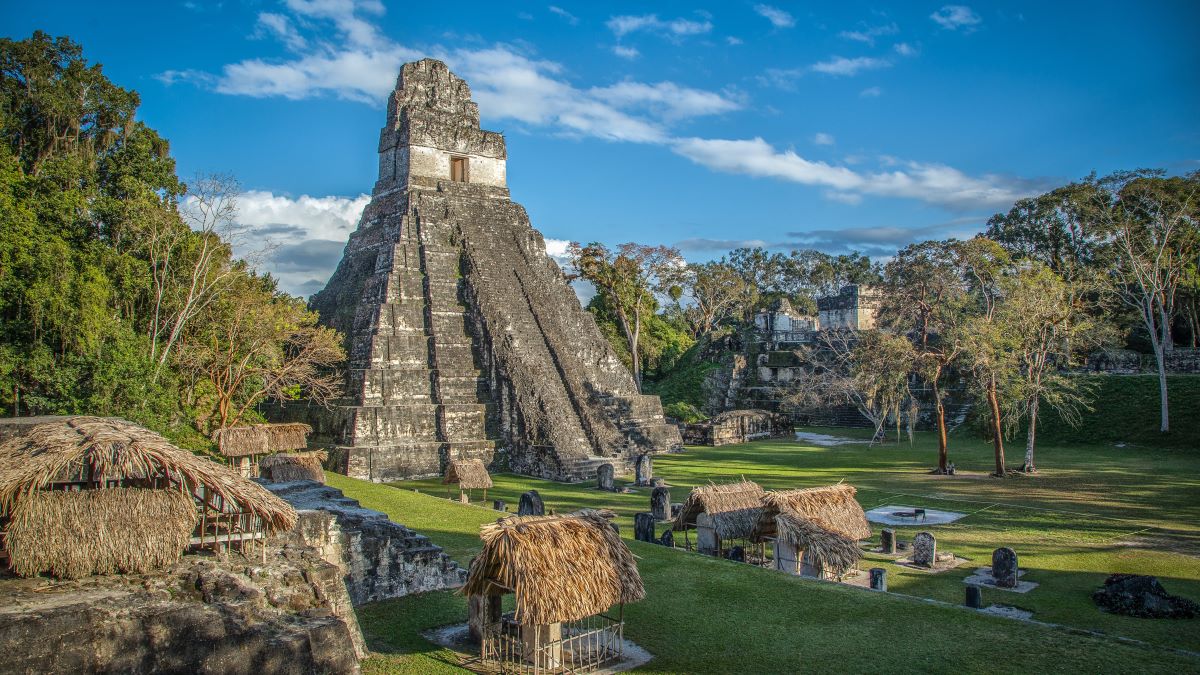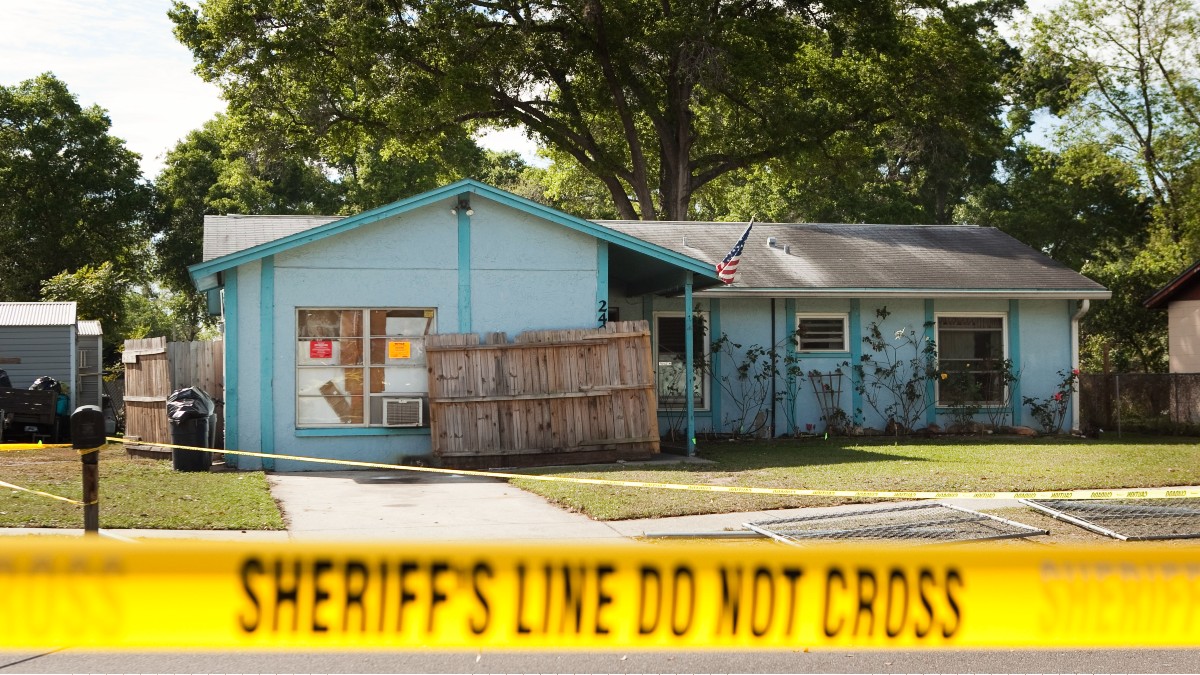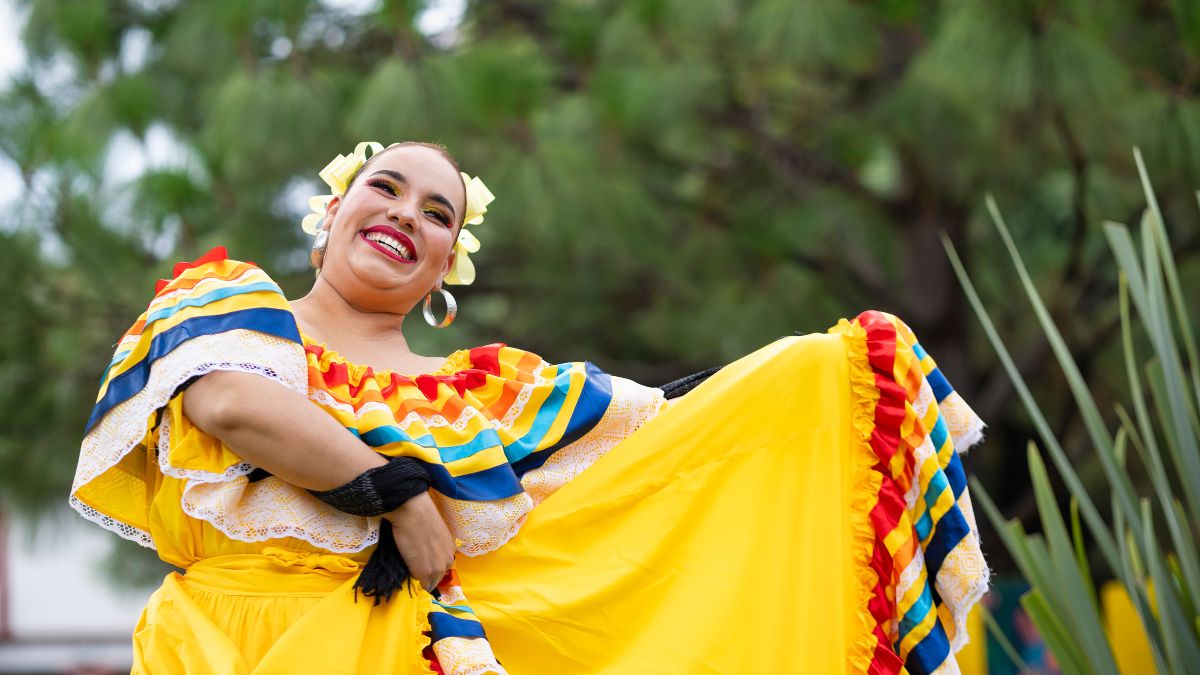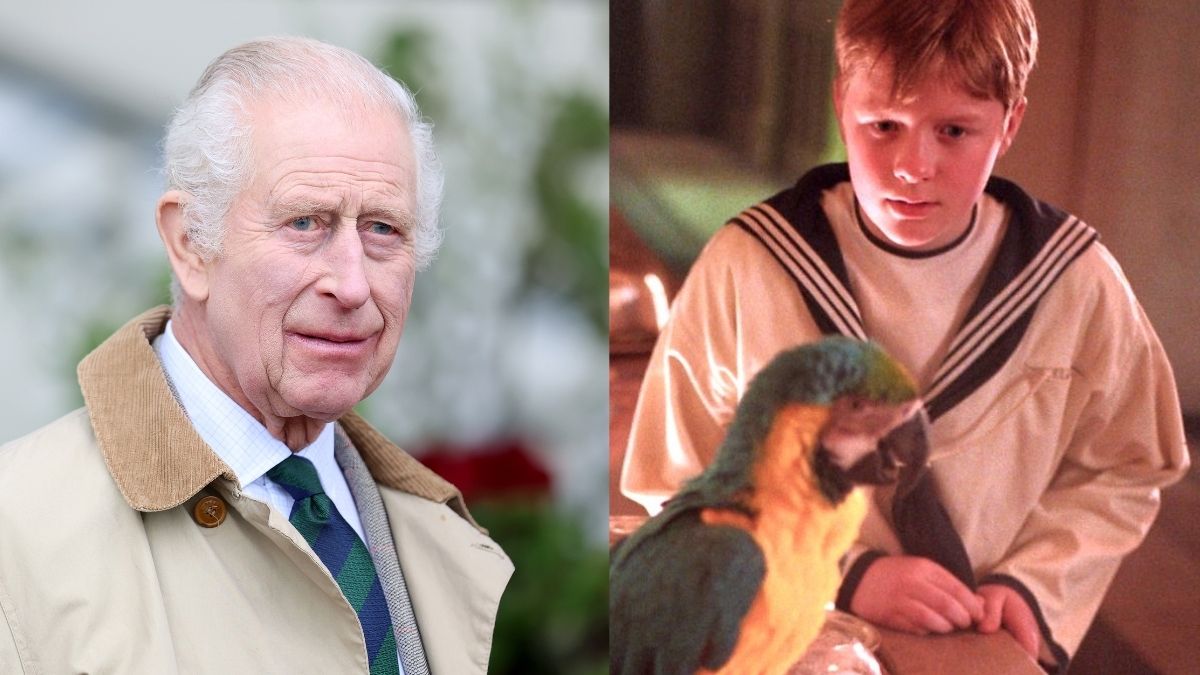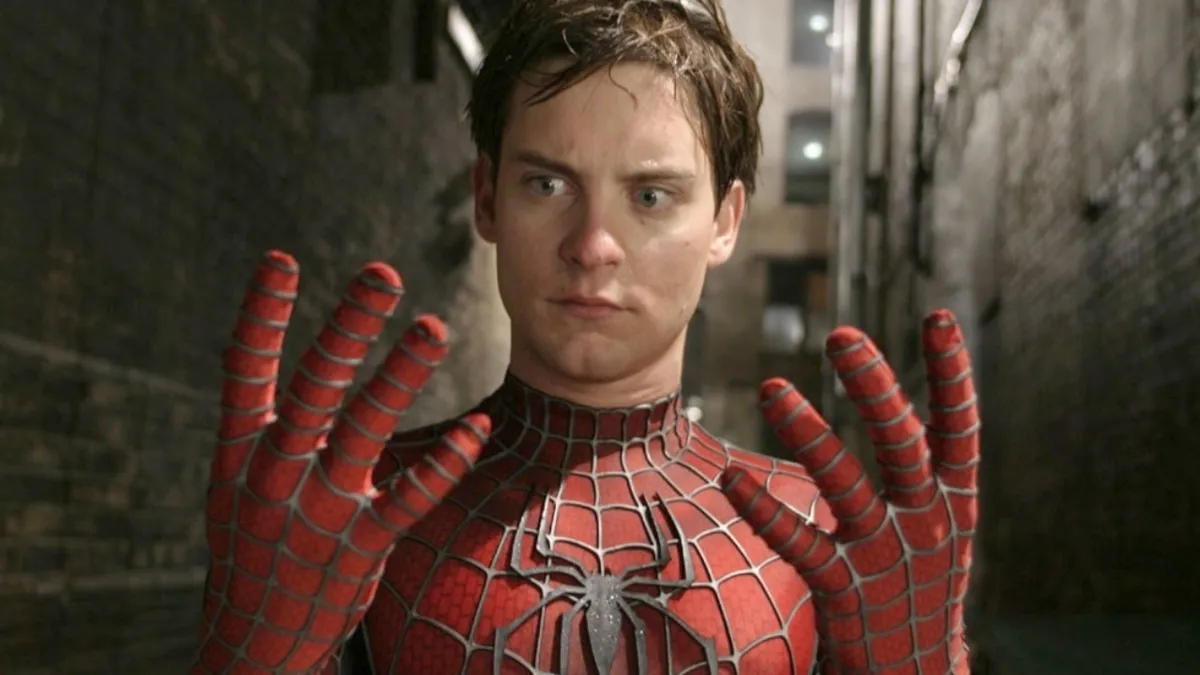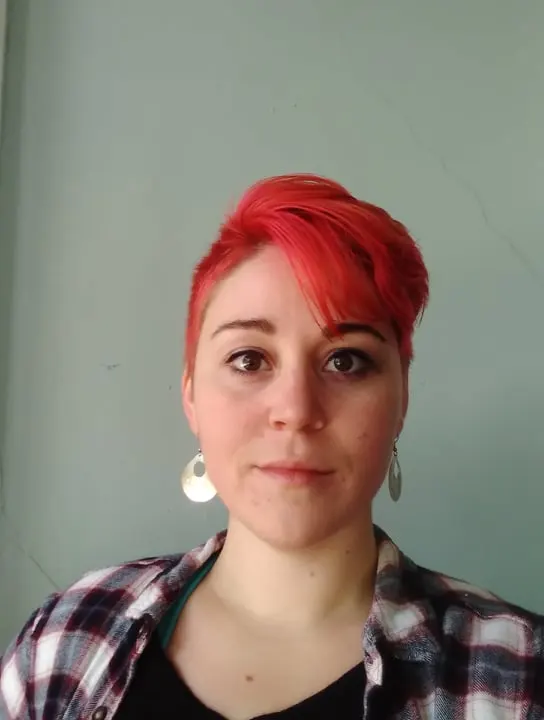Some of you might be too young to remember the literal meltdown some people had when the Mayan calendar finally ran out in 2012. The final date on it was 12.21.201 and people around the globe were convinced that the ancient civilization had predicted the end of the world. Spoiler alert, they hadn’t.
The Maya civilization might not have calculated the end of time, but the South American civilization pioneered dozens of technologies before its mysterious decline. Spanning from southern Mexico and Guatemala to northern Belize the ancient civilization stood as one of the most advanced in the western hemisphere before its abrupt fall – one that came as Europeans were floundering during the Dark Ages.
A Brief History of the Maya people
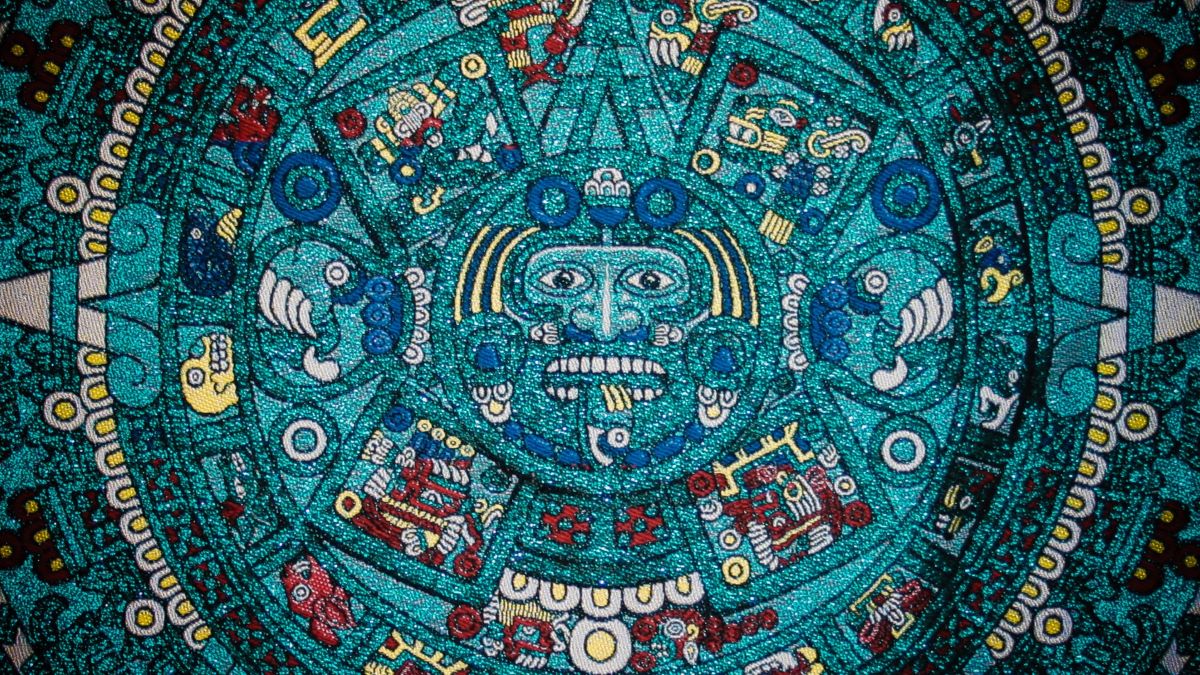
The history of the Maya people is somewhat unclear. The great civilization was gone before much of the world had experimented with developed communities and left in its wake countless questions alongside a myriad of artifacts.
Anthropology suggests that the civilization appeared between 7000 and 2000 B.C. when they abandoned their nomadic ways to focus on agriculture. The cultivation of maize fueled the Maya’s growth, though it wasn’t as simple as just gathering corn. The ancestor of modern corn was dry and hard to digest, but through nixtamalization (cooking it in an alkaline solution), the Maya made it fit for human consumption. They did this to many plants, including squash, cassava, beans, and other staple vegetables.
As their civilization grew, so did its ritualistic customs. Some historians believe that the Maya developed alongside the Olmec people, the earliest known Mesoamerican civilization, who may have taught them the importance of rituals, art, and agriculture. Both civilizations built grandiose temples, though historians still aren’t sure if temples were purely religious or perhaps housed some form of upper class.
During the Mayan Classic Period (200-900 A.D.) the Mayans reached their peak. The civilization occupied a near-continuous territory spanning from the Yucatan peninsula to Guatemala and Northern Honduras – though the territory was split into two sections. The Lowlands, which centered on the Yucatan peninsula, and the Highlands, which spanned Guatemala and the Sierra Madre mountains of Mexico. While the territory had 2 clear distinctions, the Mayan people spoke 30 different languages – though they all spoke a variation of Spanish – and have been classified into 7 distinct groups.
Much like Feudal Japan, the Maya operated as city-states. Rather than an overarching monarch or president, each city had its own ruler. Relationships between cities could be peaceful, but others were combative with neighboring states. There is even evidence that the village of Joya de Ceren was helmed by a collective. Their cities were built around elaborate temples and pyramids in honor of the gods. It’s believed that rituals were incredibly important to the Maya, who believed that divinity (K’uh and K’uhul) could be found in all things, even inanimate objects.
Ritual sacrifice and torture were common in Mayan society. It was believed that bloodletting was an act of piety, one that guaranteed fertility, and to forgo it would create cosmic disorder. Human blood was thought to nourish the gods, and Mayan rulers were required to feed the gods their own blood in order to communicate with them.
They built roads for complex trade routes and installed advanced irrigation equipped with water filtration systems to provide for the growing cities. Developed games, and sports like Pitz, a forerunner of soccer, which historians believed might have been played to please the gods – they theorize that losers may have been sacrificed for the sun and moon gods. One of their most remembered inventions was the calendar, which included a dating system for the gods, civil life, and The Long Count.
The Long Count was said to have started the day of humankind’s creation (August 11, 3114 B.C., though it seems a little late), and ended in 2012, when a new cycle of life would begin. In Maya mythology, it was believed that humanity was on its 3rd iteration. Humans had been born of sticks. Then they were born of mud. When the Long Calendar started, humans were said to have been born of corn. What they believed would come next, well never know, much like we’re still uncertain about what fate eventually befell the Maya people.
What happened to the ancient Mayans?
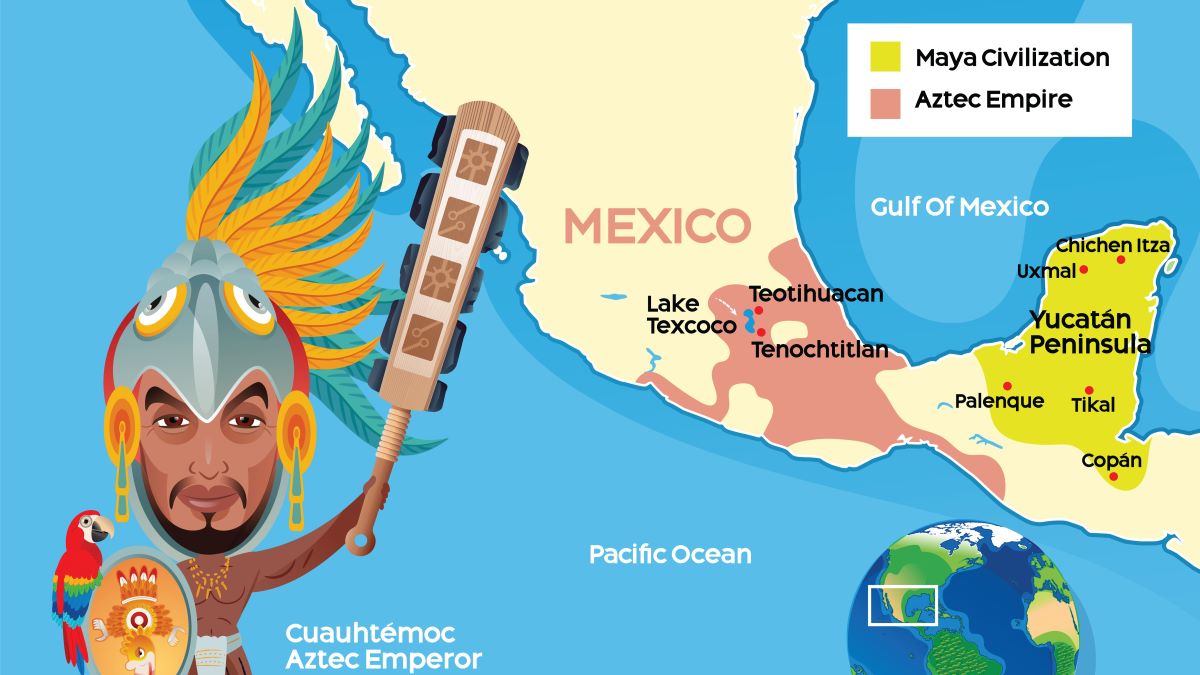
For unknown reasons, the cities in the lowlands were slowly abandoned during the 8th and 9th centuries. Perhaps city-to-city relations soured. Evidence shows that as the Lowland city of Chichén Itza’s population dropped, the Highland city of Mayapán grew in size. The mass migration has led some scholars to believe that the complicated City-state system had eroded, collapsing trade routes, and leading to prolonged warfare.
Another theory asserts that natural disasters impacted agriculture – something that had brought the Olmec to their knees centuries before. Climate simulations back the theory that drought drove the Mayans from the Lowlands. Slash-and-burn farming might have left too much ground infertile and forced city residents to seek asylum in Highland territory or settle in smaller villages where fewer resources were needed.
Other scholars claim that it was a combination of the two. The catastrophic natural disasters strained city-state relationships. The migration from cities that relied on rainwater, like Tikal, happened earlier than those with aqueduct systems, backing the climate change theory.
Regardless of how it happened, by 900 A.D., the Lowland cities were abandoned, and civilization in the region had collapsed. Along with it, centuries of rituals, art, and technology vanished.
Did all of the Maya die?
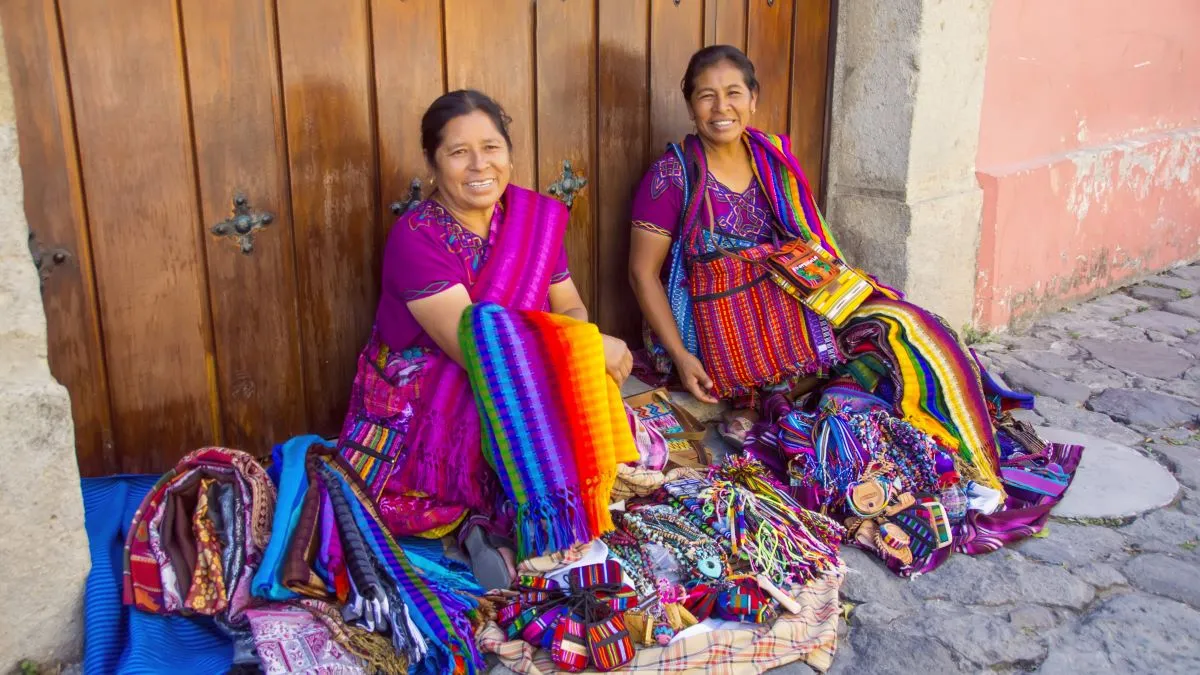
Despite the downfall of the Mayan civilization, the Maya people still exist.
Descendants of the Maya can still be found in the areas their ancestors once transformed from open jungle to towering cities. Those who trace their ancestry back to the Maya live in Belize, Guatemala, Honduras, El Salvador, and parts of Mexico, though most call Guatemala home. The ancient city of Tikal, the ruins of which can be found in Tikal National Park, was located in Guatemala, and roughly 40 percent of the country can trace their roots to Mayan ancestors.

